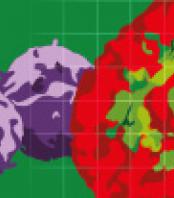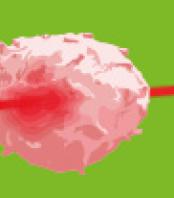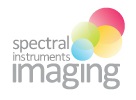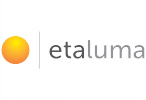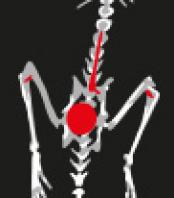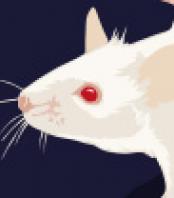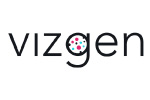Researchers has been using various genetic manipulation tools such as microinjection to knock down certain genes or over-express proteins for visualizing the cellular activities. However, visualization of an intact-live neuronal response in larva's Central Nervous System (CNS) is challenging due to robust digging/burrowing behaviour that impedes neuroimaging. To address this problem, dissection is used to isolate and immobilize the CNS from the rest of the body. In order to obtain a true physiological response from the Drosophila CNS, it is important to avoid dissection, while the larva should be kept immobilized. In this paper, a series of microfluidic clamps were investigated for intact immobilization of the larva. As a result, an optimized structure for rapid mechanical immobilization of Drosophila larvae for CNS imaging was determined. The clamping and immobilization processes were characterized by imaging and movement measurement of the CNS through the expression of genetically encoded Calcium sensor GCaMP5 in all sensory and cholinergic interneurons. The optimal structure that included two 3D constrictions inside a narrowed channel considerably reduced the internal CNS capsule movements. It restricts the CNS movement to 10% of the motion from a glued larva and allows motion of only 10 ± 30 μm over 350 s immobilization which was sufficient for CNS imaging. These larva-on-a-chip platforms can be useful for studying CNS responses to sensory cues such as sound, light, chemosensory, tactile, and electric/magnetic fields.
Read more
